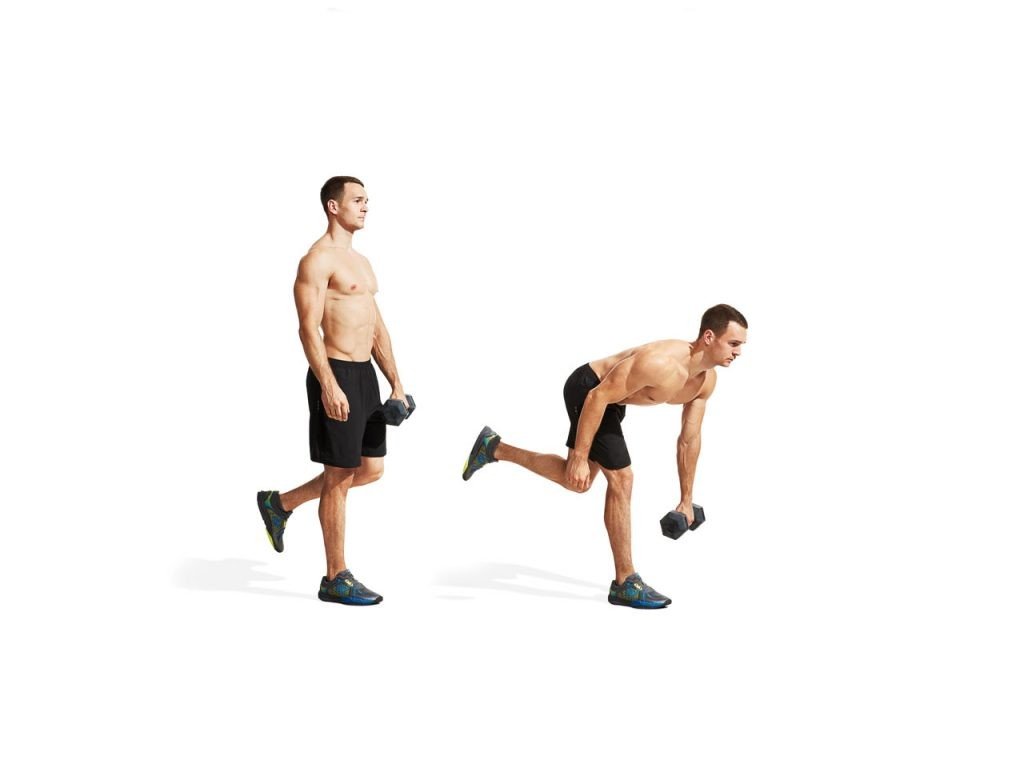Hip Hinge Variations | Move Physiotherapy East Fremantle
Anecdotally, I have found that the biggest issues presenting to physiotherapy tend to originate from weak glute muscles.
Take for example, your patellofemoral knee pain (a ‘maltracking’ condition where the kneecap doesn’t track nicely within the patellofemoral groove, and instead tracks more laterally against the underlying bone). In 90% of cases, this stems from a quadriceps tightness and ITB tightness which ends up pulling the kneecap further to the outer part of the leg. But, why are these muscles tight?
I always consider the body to be a well oiled machine with different parts working together to produce a final outcome… that outcome, is fluid and effortless movement. But when we start experiencing pain, or clicking and grinding sounds etc. it can be assumed that something within that well oiled machine has gone awry. So going back to our Patellofemoral Knee Pain syndrome… why are the quadriceps and ITB getting so tight?
The first line of this article gives it away slightly. Generally speaking, it is a posterior chain weakness- that is, weakness through the glutes and hamstrings.
But, I am not going to talk pathology in this article. This is a simple guide to firstly, learning how to hip hinge, in a way that engages your glutes and your hamstrings, and secondly then how to progress your standard double leg deadlift into a single leg movement that is an absolute killer for your gluteus medius and stabilisers.
Let’s start with your basic hip hinge or deadlift pattern of movement. Even when we are aiming to progress to single leg movements, we should start here to get the pattern perfect.
The key point is to be moving the hips independently of the lower back. Being able to perfect this movement is also applicable to the majority of our lower back rehabilitation also. As we move our hips backwards into our hip hinge, you should feel your weight move to the heels of your feet, and tension building into the hamstrings.
Our gluteus medius muscle is primarily a hip stabiliser. That is, it prevents the pelvis from dropping whilst walking and placing our weight through one leg. As such, to strengthen this muscle, we need to train it in a simliar way!
The first step is with a split stance hip hinge movement. During this movement, our back is kept in a straight position, and the weight is placed through the front leg. The weight should still go through the heel of the front leg, and tension should be felt through the hamstrings and glutes on the front leg. No quadriceps tension should be felt.
Having the back leg elevated as in the video below adds more depth to the movement and increases load through the front leg.
Finally, the single leg hip hinge is great for combining a strength and balance movement, and can get a healthy burn happening through the glutes!
With our glute strengthening, it is important to vary our rep and set ranges (incorporate some heavy weight, low reps, high sets exercises in conjunction with low set numbers with higher repetitions).

